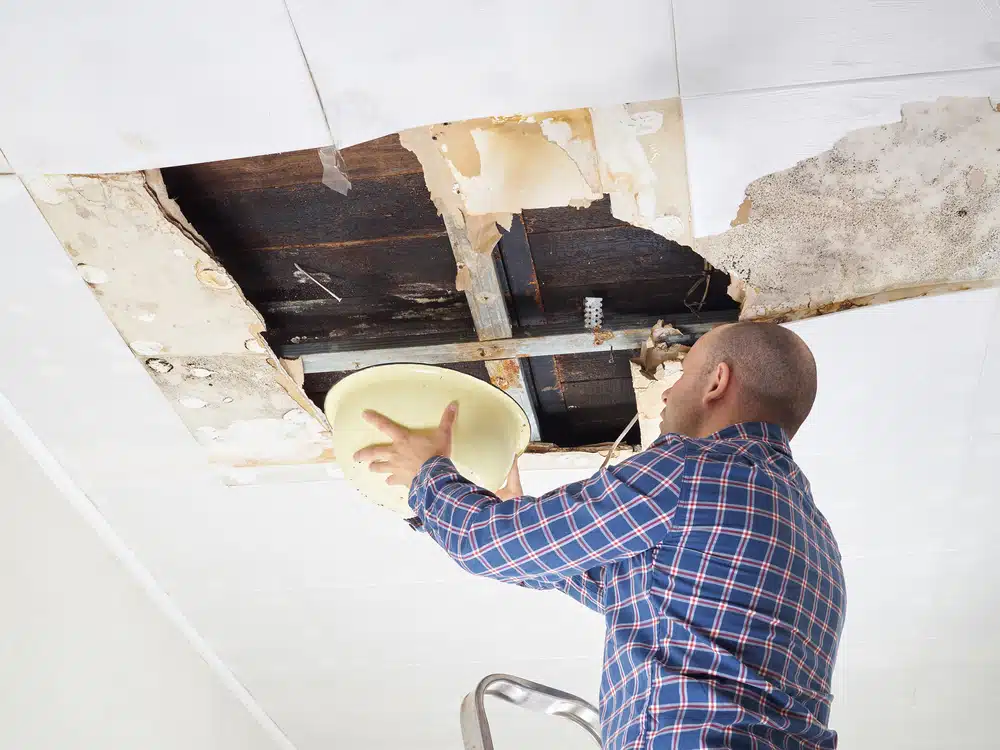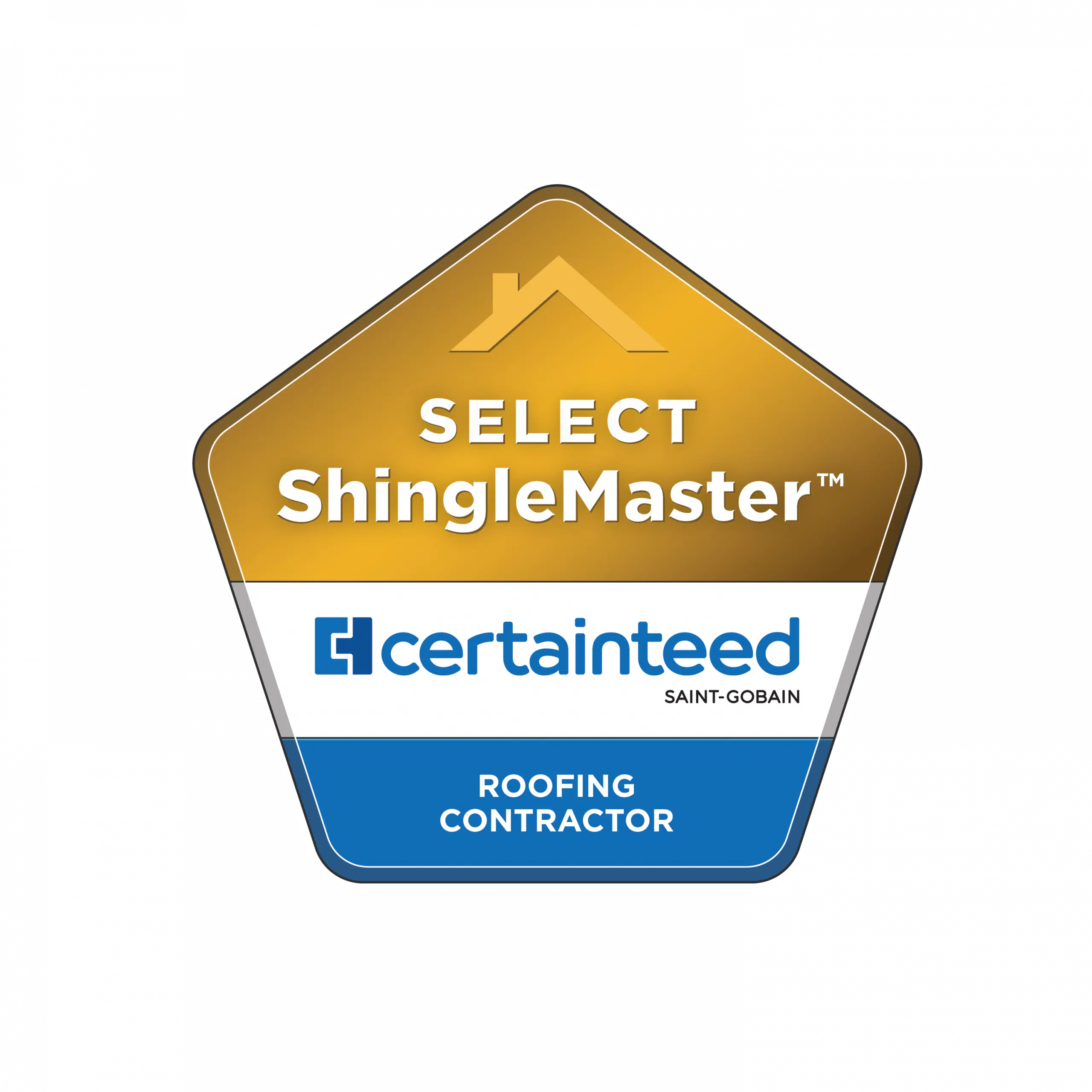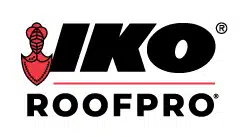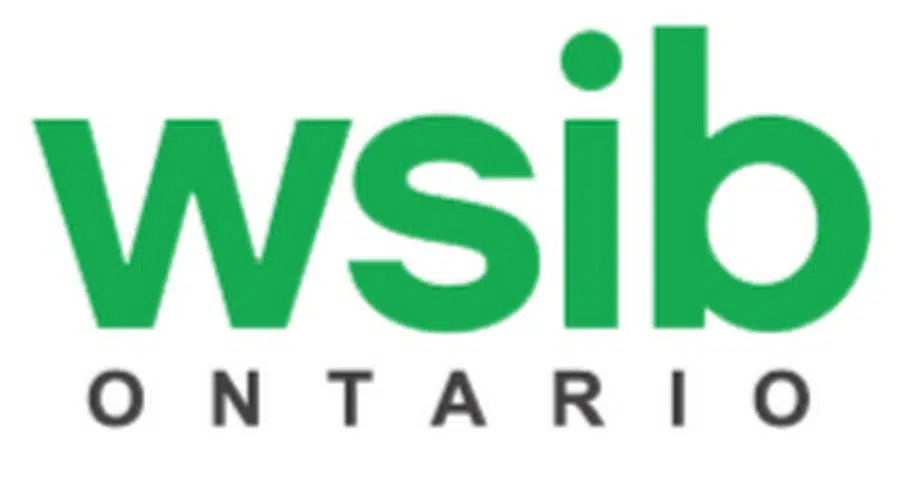
Roofs do more than protect from harsh weather. They also defend the structural integrity of a property, ensuring that moisture drains away to avoid costly repairs. A commercial roof is unique because, typically, they are flat and require different materials and replacement processes compared to residential angular shapes. If you notice a leak in your commercial rooftop, it is likely that the damage is already quite significant. Aside from dripping water, other signs include stained ceilings or walls, a stale odour, and puddles in inexplicable places.
If you’re worried about possible problems with your building, here are five common causes of commercial roof leaks.
Contents
An Older Roof
Often, a roof can be overlooked for some time before it shows signs of needing replacement. Most commercial rooftops can last for upwards of 15 years before being replaced. However, this is only the case if inspections have been done regularly. Wear and tear from sun exposure and wet conditions can create discolouration and weak spots on the membrane, easily causing leaks. Certain materials can only last so long, and if these materials were cheap or the installation was poorly done in the first place, it can mean big problems for business owners.
Insufficient Drainage
As with any roof, drainage is essential. Wicking moisture away protects the covering itself and the structure beneath it. Without a properly functioning runoff system, water might begin to pool in small or large puddles. The longer it stays in place, the more it will become a cause for concern. If left unaddressed for an extended period of time, it may lead to:
- Sagging or collapse
- Roof leaks, causing damage to walls, ceilings, and electrical systems
- Structural damage
- Mould and mildew growth
- Accelerated roof aging
You should ensure your drainage components, such as gutters and downspouts, are free of obstructions and working correctly during downpours.
Openings in the Membrane
Vents, HVAC units, pipes, and other systems that are mounted on your roof ensure that your building functions properly from an indoor air quality perspective. However, these can be obstacles when laying down the membrane, which is usually made from synthetic rubber or thermoplastic. Pieces must be cut just right to ensure each area is sufficiently covered. Each piece should then be thoroughly sealed to enhance the protection of your roof. Any areas not enclosed by the membrane will have little protection from water and moisture, which will cause leaks.
Flashing Around Roof Penetrations
Many flat roofs use pieces of metal that are called flashings around vents and other vertical components. Flashings are used to direct the flow of moisture and prevent water seepage. Since these pieces are usually made from aluminum, they are subject to corrosion and punctures, which jeopardizes their integrity. Additionally, if these roof components are not installed correctly, it creates higher risk factors for water and moisture to get underneath. These areas must be routinely inspected for problems to mitigate the possibility of these issues.
Incorrect Seal Application
Regardless of the type of roof you have, seals are vital, acting as the main line of defence when it comes to waterproofing. Seals should only be applied by professionals who know how to do it properly. Otherwise, an errant gap or air pocket in the membrane when the adhesive is applied can create a real problem, such as pooling water or prematurely aging the roofing.
Damage from Extreme Weather Conditions
Like any outdoor structure, commercial roofs are exposed to various weather elements, including heavy rain, hailstorms, strong winds, snow, and ice. Extreme events like these can cause damage to the roof system, leading to leaks. For instance:
- Intense wind can lift or dislodge roofing materials, exposing vulnerable areas to water penetration.
- Hail can cause dents, punctures, or fractures in the roofing membrane.
- Snow accumulation can create added weight and strain on the roof structure, potentially leading to leaks or structural damage.
- Ice dams can form at the roof’s edges and in gutters, causing water to back up, leading to pooling and eventual leaks.
Regular inspections, maintenance, and prompt repairs following severe weather events are essential to identify and address any potential damage before it leads to leaks.
Mechanical Damage or Foot Traffic
Commercial roofs are often subjected to mechanical damage due to foot traffic, equipment installation, maintenance activities, or other forms of physical impact. This can result in punctures, tears, or cuts in the roofing membrane. Even minor breaches can allow water to penetrate the material and lead to leaks over time.
The severity of the damage depends on factors such as the weight or sharpness of the object doing the puncturing and the type of roofing material. Establishing strict protocols to minimize foot traffic on the roof is essential. This can be done by educating personnel about the importance of roof safety and implementing protective measures such as walkways or barriers to prevent unnecessary damage.
Condensation and Moisture Intrusion
Moisture and condensation can be significant causes of roof leaks, especially in commercial buildings with inadequate insulation or improper ventilation. When warm, moist air from the building’s interior rises and comes into contact with a cold roof surface or poorly insulated areas, it can condense, leading to moisture buildup. Over time, this trapped moisture can deteriorate the roofing materials, causing leaks. Additionally, condensation can occur within the roof system itself, such as in the insulation layer, leading to more moisture-related issues.
Proper insulation, vapour barriers, and ventilation systems are crucial to control water levels and prevent condensation. Regular inspections to identify signs of moisture intrusion, such as water stains, mould growth, or damp insulation, can help address the issue before it escalates into a significant leak.
Get Your Roof Fixed Today
Keeping your roof in optimal working condition benefits all aspects of your business while improving roof longevity. If you neglect this area of your building, you could be paying more for utilities to heat and cool the space. Not only that, but the damage might become a structural problem, requiring contractors to fix it or more frequent maintenance requirements.
If you need commercial roof repairs or are simply looking for reliable inspectors, Roofmaster can help. With our years of experience, we can recommend practical solutions that keep your roof and its components functioning as they should for years to come. Contact us to learn more about our services.









